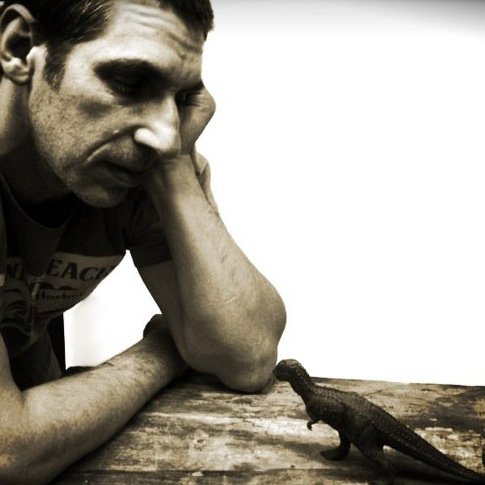Art, Nature, and the Shadow of the Apocalypse
Charles J. Rosenthal has been drawing and painting continuously since earliest childhood. Over the years, he has maintained a practice in New York City, London, La Rochelle (France), Los Angeles, Tucson (AZ) and, most recently, in Santa Fe, New Mexico.
Charles Rosenthal’s work concerns the relationship of humanity to nature and the way our understanding of our relationship to nature mediates the way we move about and engage with the world around us. From this perspective, Rosenthal’s art can be seen as a critical engagement with and rejection of humanity’s anthropocentric world view. His paintings, prints, and diagrams expose the aporias of the nature/culture binary characteristic of anthropocentric thought, illustratively subsuming human activity in a broader assemblage of natural and materialist forces that always seem to be operating beyond the intended (rational) control of humanity. In this way Rosenthal reveals that humans are not separate and apart from nature, but rather, are conduits for the creative yet destructive forces of a primeval natural world that is forever thrown into motion. As such, pending ecological catastrophes and the manmade apocalypse rounding the bend of the planetary horizon foretell not only death and collapse but also the cyclical renewal of a planet preparing to move through its sixth mass extinction.
In recent years, unprecedented events have conspired to compel Charles to focus his unique point of view on more immediately topical issues, regarding both the polarity of the current sociopolitical landscape, and the now ubiquitous man-made climate catastrophes that have become commonplace occurrences almost daily around the world. His work appears in private and public collections across the globe.
